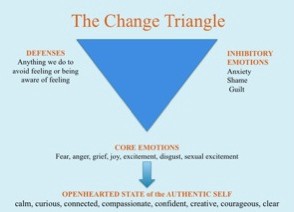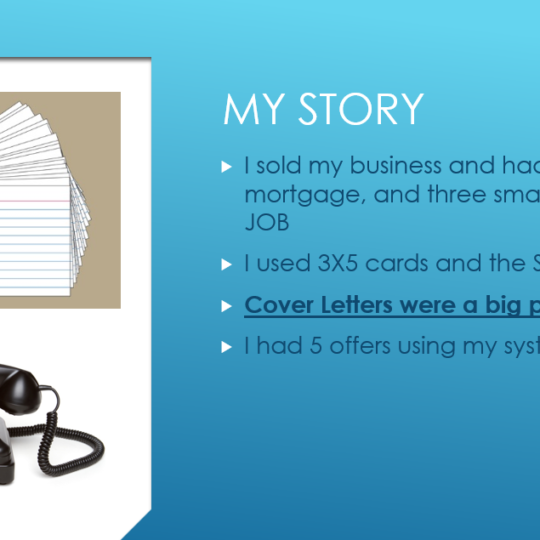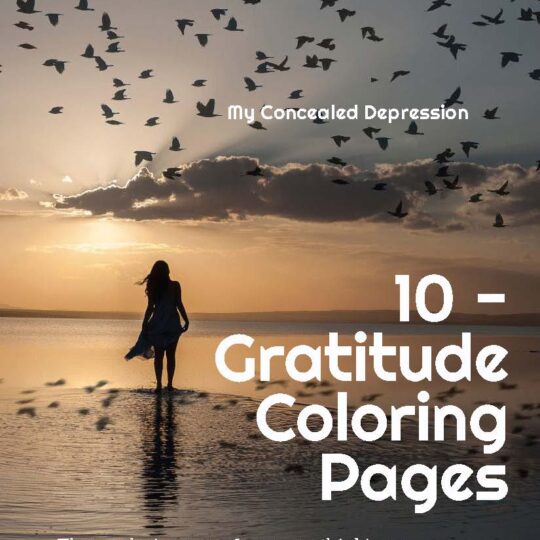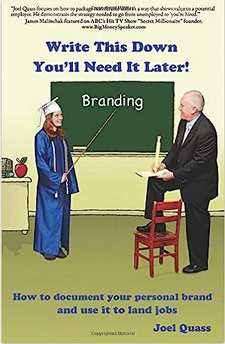

Unhelpful thinking styles have generated a huge number of books from authors who want to tell you what to do.
My personal experience is that some of these have changed my way of acting on unhelpful thinking styles. Each new book I uncover gives me another piece of the puzzle that gets me one step closer to leading a balanced life with depression.
Books that I have read and have helped me include:
- It’s Not Always Depression: Working the Change Triangle to Listen to the Body, Discover Core Emotions, and Connect to Your Authentic Self, by Hilary Jacobs Hendel.
- The 5 Second Rule: Transform your life, Work, And Confidence with Everyday Courage by Mel Robbins.
- DBT Therapy: Master Your Emotions with Dialectical Behavior Therapy. Get Started Treating Depression, Difficult Emotions, Mood Swings, Negative Thinking and Balance Your Life by Wolf J. Bishop.
- Cognitive Behavioral Therapy: A Guide to Self-Empowerment with CBT, DBT, and ACT: How to Build Brain Strength and Reshape Your Life with Behavioral Therapy by Tom Shepherd.
- Depressed & Anxious: The dialectical Behavior Therapy Workbook for Overcoming Depression & Anxiety by Thomas Marra, Ph.D.
In the end, almost every book I have read about unhelpful thinking styles begins the same way.
These books cover topics including:
- What are unhelpful thinking styles
- Where do unhelpful thinking styles come from
- What are the causes of unhelpful thinking styles?
- How to Identify unhelpful thinking styles
After this they get into the heart of their vision of how to overcome unhelpful thinking styles.
This is where the meat of each book lies. And it is also where I have focused to find what works for me. You will know right away if what you are reading is going to be helpful. Each of us has an internal compass that guides our thinking. Mental Health issues can temporarily confuse this compass.
When I was in the hospital diagnosed with Major Depressive Disorder, with suicidal ideation, finding my internal compass was not functioning.
All I could find was the wall I was up against. There was no way forward that I could see. I have outlined this many time in my blog. LINK TO WALL BLOG POST Getting in touch with anything related to myself was almost impossible. Depression had me so deep in the abyss, that no light was reaching me, and I was numb.
As I went through the days events during my four day stay, I was introduced to many tools that I am now using. And one of the first of these was a handout concerning Unhelpful Thinking Styles. Crawling out of the abyss, I did not immediately appreciate what I had been given. But as the weeks moved along, I began to understand how my brain was working and how often I was jumping to an unhelpful thinking style.
One of the most valuable books I have read is It’s Not Always Depression: Working the Change Triangle to Listen to the Body, Discover Core Emotions, and Connect to Your Authentic Self, by Hilary Jacobs Hendel.
Using my Audible subscription, I purchased the audio book version. With almost a 90-minute commute to my day job, I have listened to the entire book several times. The author narrates the book, which is a treat. You can tell she is passionate about the subject. Hillary has an engaging voice, and this makes the audible version easy to follow.
I was concerned that by purchasing the audio book, I would not get the full benefit one might have with a printed copy. The author solved this problem by including a link on her website that includes all the illustrations, charts, tables and exercise she discusses in her book. She cites where to find each illustration she discusses. This made it simple for me to look at and to print out things I wanted to work on.
Each corner of the change triangle represents a place, a state that you are in.
The upside-down triangle bottom is where core emotions reside. The goal is to connect to these emotions and move to your authentic self. For me, this language is a bit fluffy, but the idea is to get to discover the person you can be.
Our Core Emotions are:
- Sadness
- Fear
- Anger
- Joy
- Excitement
- Sexual Excitement
- Disgust
The top of the triangle has two sides. Inhibitory emotions, which block our core emotions, are on the right. The top left of the change triangle holds all our Defenses. Defenses are anything we do to avoid feeling or being aware of our feelings. It turns out depression is a defense, according to the author, because in that state we are out of touch with our core emotions.

My therapist uses the change triangle when we work together, and I find it a valuable way to understand where my thoughts are truly coming from.
Currently, I am reading The 5 Second Rule: Transform your life, Work, And Confidence with Everyday Courage by Mel Robbins.
She spends a lot of time touching on negative thinking styles but does not label them as such. But the book has opened ideas for me about the way I process information. The author helps clarify not only how we think, but WHY. This is where I am finding value in the book. Understanding why my brain gives certain instructions when faced with obstacles, the author shares how “fight or flight” came about. She also shares how this primitive hard wiring of our brain can create problems as we live in a modern society.
The author has sprinkled real life examples throughout the book. And the book is full of challenges, tips, and actionable ideas. While I am still implementing some of these, I can tell you my experience is that this book has helped me.
Be careful if you are offended by strong language. She uses swear words to emphasis details.
Another book from Audible I recently listened to is: DBT Therapy: Master Your Emotions with Dialectical Behavior Therapy. Get Started Treating Depression, Difficult Emotions, Mood Swings, Negative Thinking, and Balance Your Life by Wolf J. Bishop.
The author gives scientifically proven techniques to regain mindful control of your emotions as you face challenges.
Unhelpful Thinking Styles are dealt with as part of an overall introduction to DBT. In my community, classes in DBT techniques are offered. I know someone who took an 8-week program and she loved it. In fact, she signed up and went through the class a second time, gleaning even more insights about strategies she ahs implemented to make her life more balanced.
Michael Fryer, not the author, narrates the audio book.
He speaks in a clear voice and reads every word on every page. But the audiobook would be easier to listen to if the reader would slow down just a bit. Listening to him reading, it feels like he has someplace to be and is rushing through the entire book so he can leave to get there. Still, there is a wealth of information about negative thinking styles along with ways to regulate your emotions. If you are new to DBT, I would purchase the print version. But because I have an idea about DBT and have read much on the subject, I could keep up with the reader.
Along the same lines, I am listening to: Cognitive Behavioral Therapy: A Guide to Self-Empowerment with CBT, DBT, and ACT: How to Build Brain Strength and Reshape Your Life with Behavioral Therapy by Tom Shepherd.
Along with touching on unhelpful thinking styles, I found this to be a good overview of how psychotherapy works.
Some of the book deals directly with unhelpful thinking styles, which falls under overcoming a negative cycle of self-sabotage. There is a lot of information in this book, and the tools are easy to understand and implement. The goal is to build brain strength and self-empowerment.
As I learn more about unhelpful thinking styles, I can see how depression has hijacked my brain and uses it for its own secretive undertakings. Two years ago, I was oblivious to the fact that there was such a thing as an unhelpful thinking style. Now, I can catch myself when I use one. Sometimes, I can catch them as I say them, other times, I realize how destructive my thoughts are within hours or a few days. Pre- diagnosis, I had no clue and could ruminate in unhelpful thinking for weeks before life would bring me out of it.
This was one of the first books I purchased after being in the hospital. It is still front and center on my bookshelf, and I refer to it often. Not only is the material easy to read, but the author has included worksheets for every chapter. I found some of the worksheets redundant, but the ones I have printed out and completed have made a big difference in my thinking.
Within the chapters, there are also fill in the blank sections where the author describes a scenario, offers an example, then leaves three or four lines in the book for you to write your personal experience on. I will admit, I have not done these, even when the author implores you to do this before moving on.
I would rather make copies of the page if I am going to write my examples.
Now I am wondering why I would do this, for no one else is using the book. And I have poured out my honest emotions, feeling, pain and happiness over 370+ blog post that I have published for all to read. But deep down, writing in the book makes it more real for me, so I probably should do that in the future.
Towards the back of the book, there are three pages of “Symptoms and How to Treat Them.”
Here the author references the pages where you can find specific information about a symptom, for instance:

Each of these books offers different ways of approaching the same problem, dealing with unhelpful thinking styles.
And as I review each of these books for this blog post, I am reminded of all the work I have put into my recovery. The efforts I have put into recognizing where I was, and what depression was doing, have led me to a place where hope is once again possible. My future has possibility, instead of that up against the wall, no path forward numbness. I am extremely thankful to be making the changes that will keep leading me towards a balanced life with depression.
Please leave any comments about these books below. If you have a book that has helped you, I would love to hear about it.
My concealed depression is written under the alias “Depression is not my boss.” I have certifications in SMART Recovery and am a Global Career Development Facilitator.
Diagnosed with Major Depressive Disorder last year, I am sharing what I learn.
If you know someone who might benefit from reading this, please share.







Leave a Reply